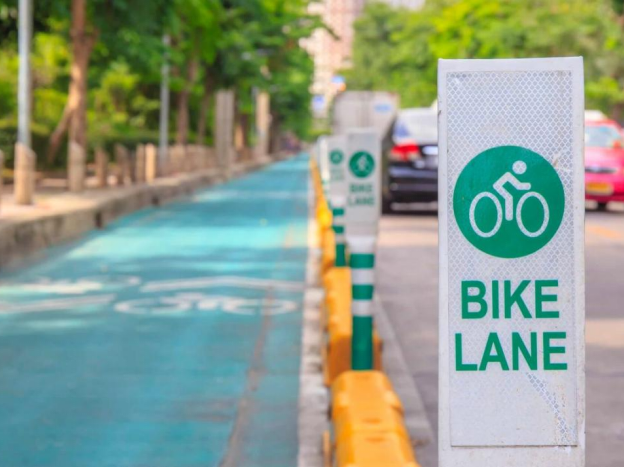
Introduction:
Are you an avid cyclist or an enthusiastic biker looking to explore the roads on your electric bicycle? Understanding road bicycle road signs is crucial for your safety and the safety of others.
As an e-biking enthusiast or a passionate cyclist, you know that the open road is calling your name. But before you pedal away, it's essential to understand the language of road bicycle signs.
These signs serve as your guideposts, providing important information, warnings, and directions to ensure your safety and the safety of those around you.
In this comprehensive guide, we'll unravel the mysteries of road bicycle signs, empowering you with the knowledge and confidence to navigate the streets like a pro. Whether you're a seasoned cyclist with the best e-bike models today or new to eBiking, this course will empower you to read and interpret road bicycle signs effectively.
Whether you encounter bike lane classifications, bike lane signs, sharrows, or what have you, we've got you covered.
Let's embark on this exciting journey together!


